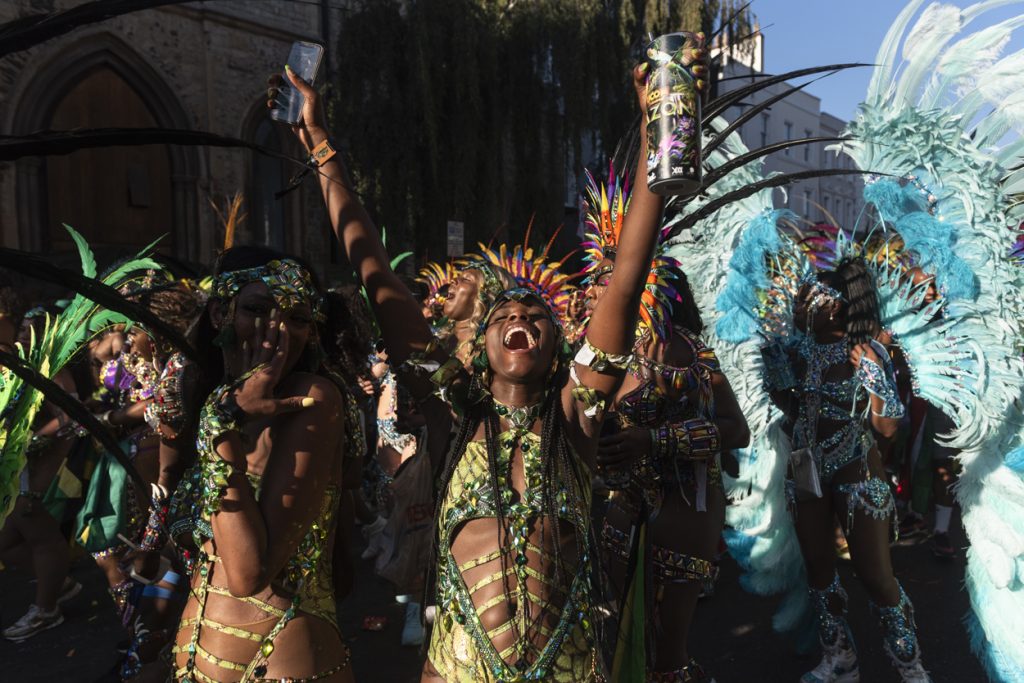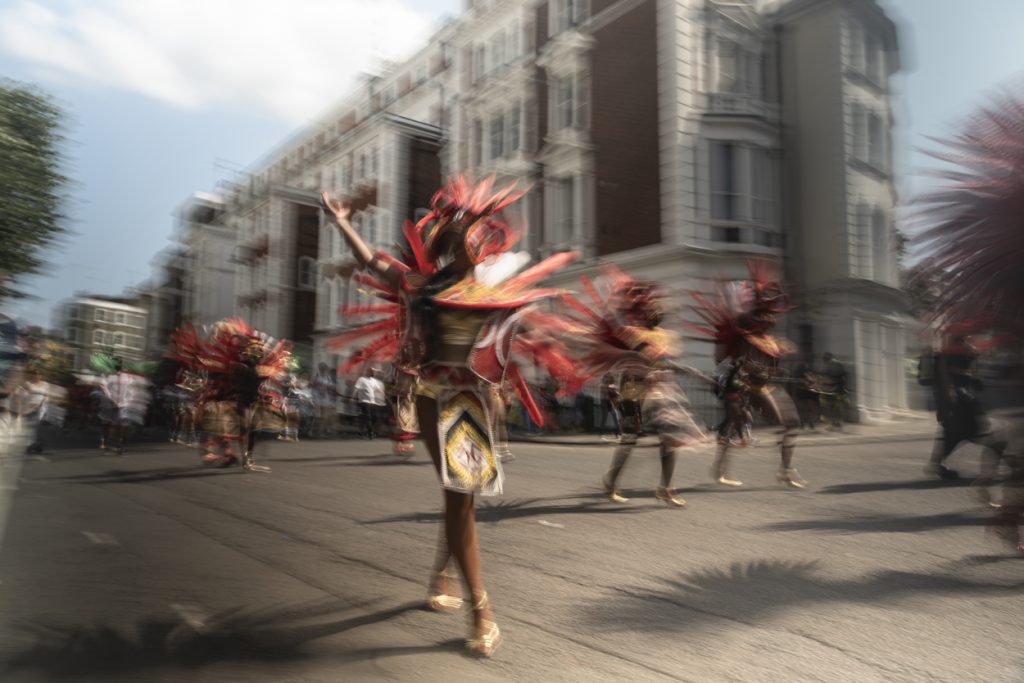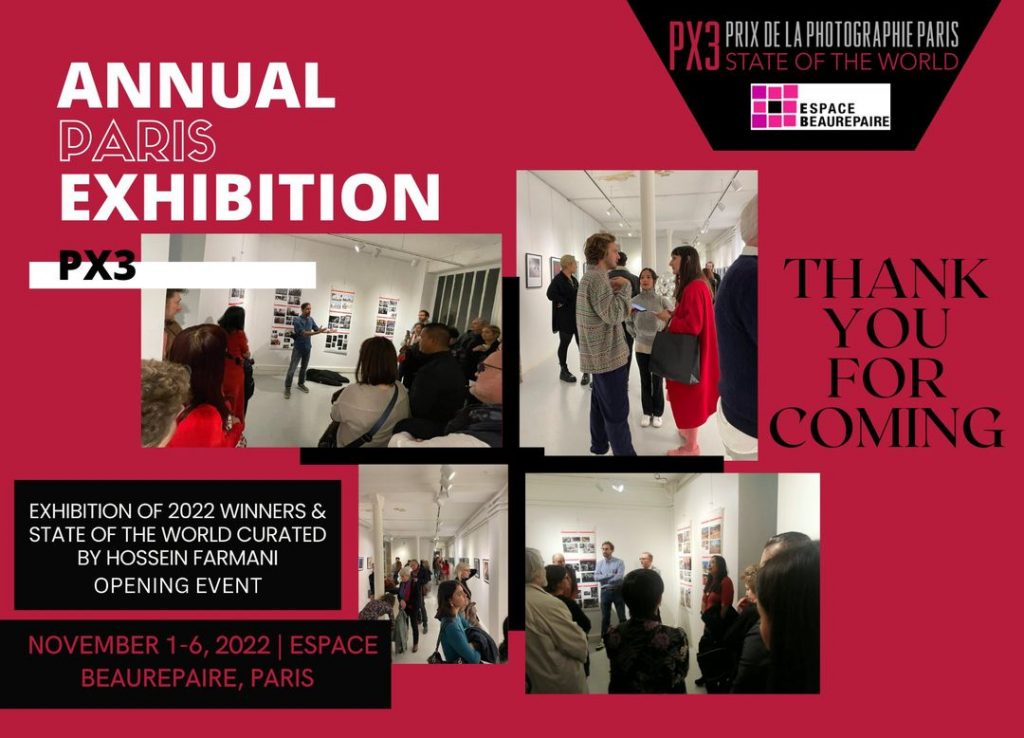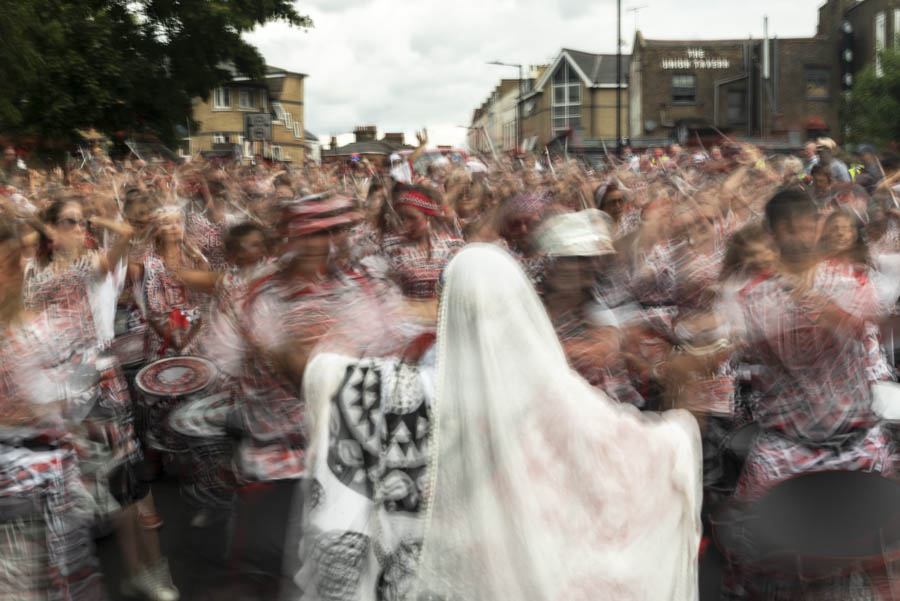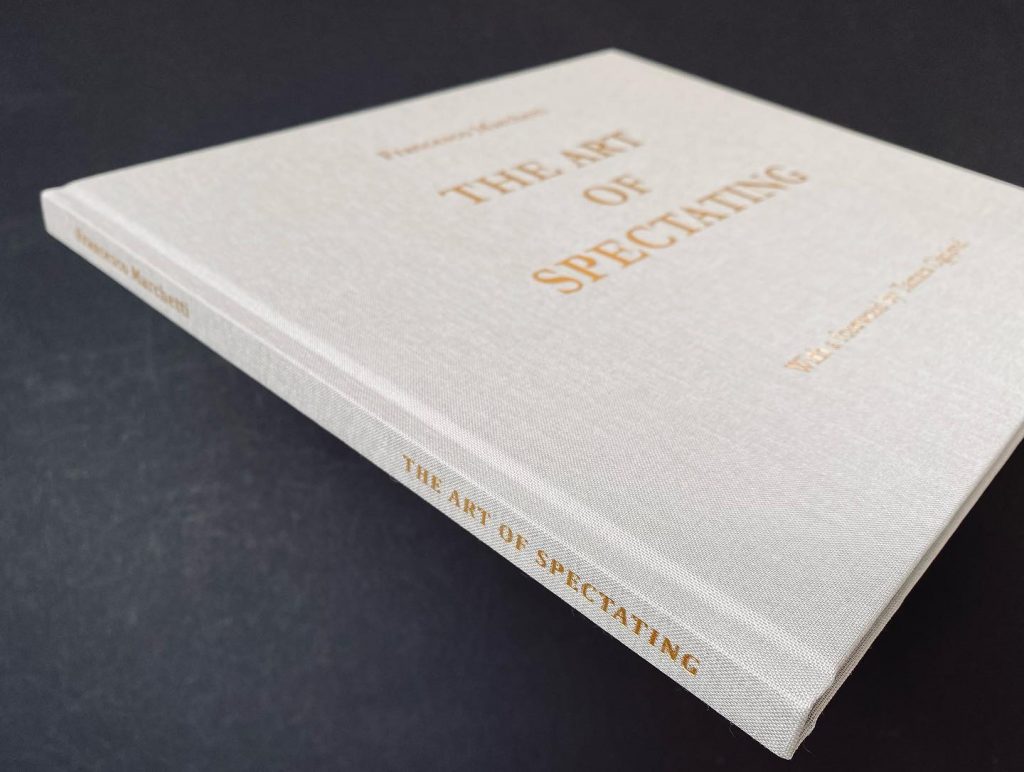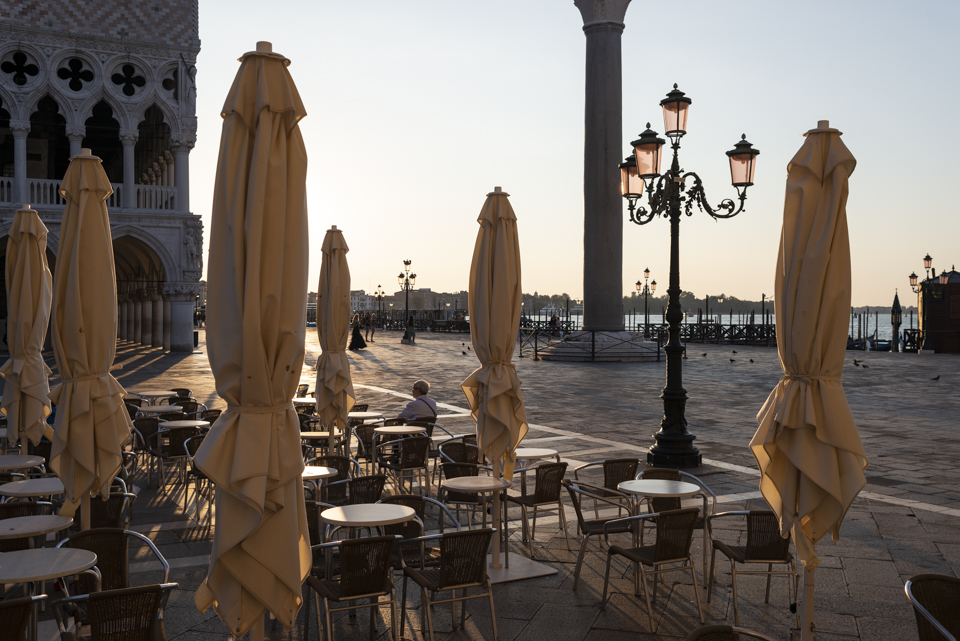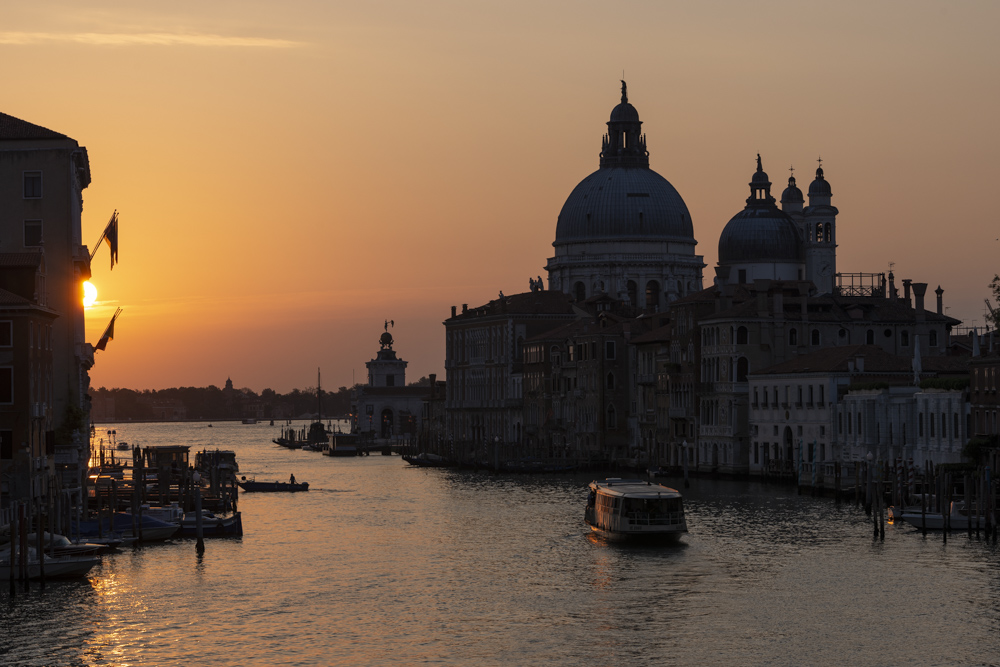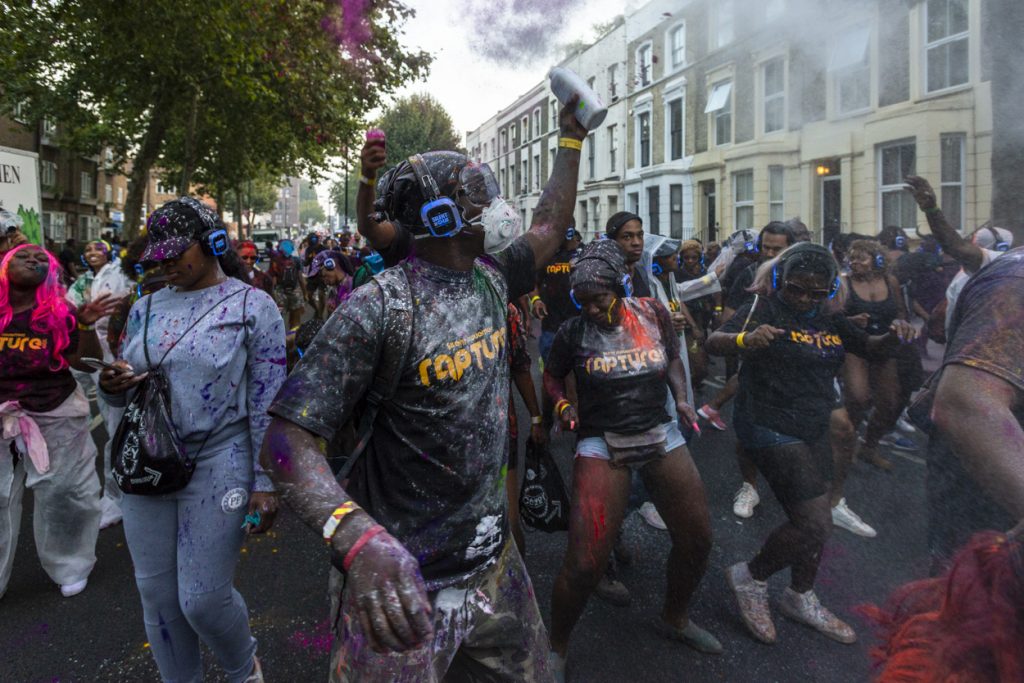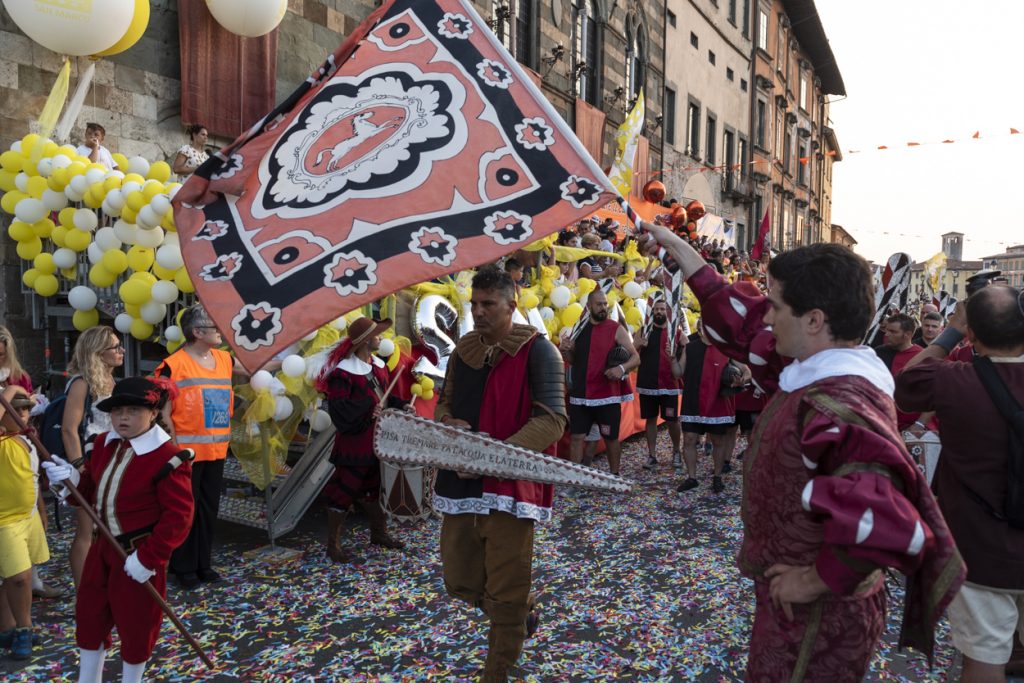PX3 – STATE OF THE WORLD 2022 – Curatorial Selection
Very happy to find out that the Korah community photos have been selected for the curated ”State of the World” 2022 exhibition by the Px3 Paris Photography Prize jurors.Link to…
THE NOTTING HILL CARNIVAL 2022
Having been cancelled for two years due to the covid rules, the biggest street party in Europe was back in August 2022 bringing millions of people back to the streets…
Royal Photographic Society Associate award
I am absolutely delighted to learn that my first book "The Art of Spectating" was awarded the Associate for the Royal Photographic Society in the photobook genre. Thanks to all…
The Art of Spectating – PX3 bronze medal
The ‘Art of Spectating’ is my first self-published photography book which explores the connection between the exhibited works and the visitors. The photos included are taken in various art museums…
THE NOTTING HILL CARNIVAL 2019
It has been the hottest Carnival ever, with temperatures above 30 degree.More than just a street party, the Carnival was first held in 1959 in response to a series of…
Il Gioco del Ponte, Pisa, 2019
Commonly known for the Piazza dei Miracoli and The Leaning Tower, Pisa remains a town rich in culture, historical sites, and traditions. The month of June offers a number of…
